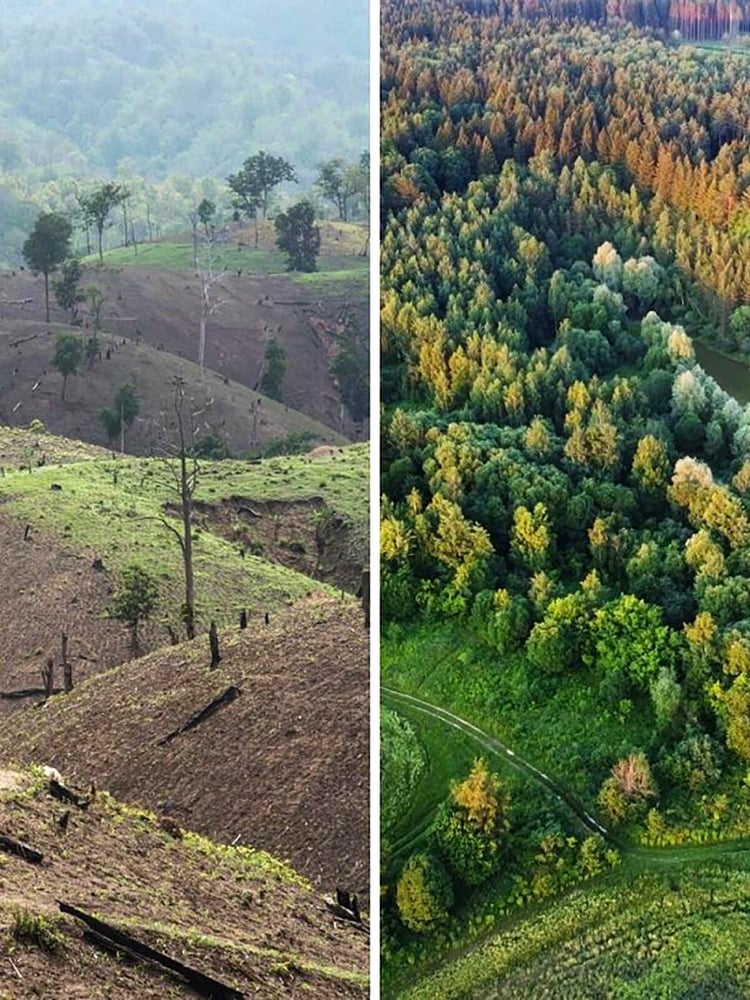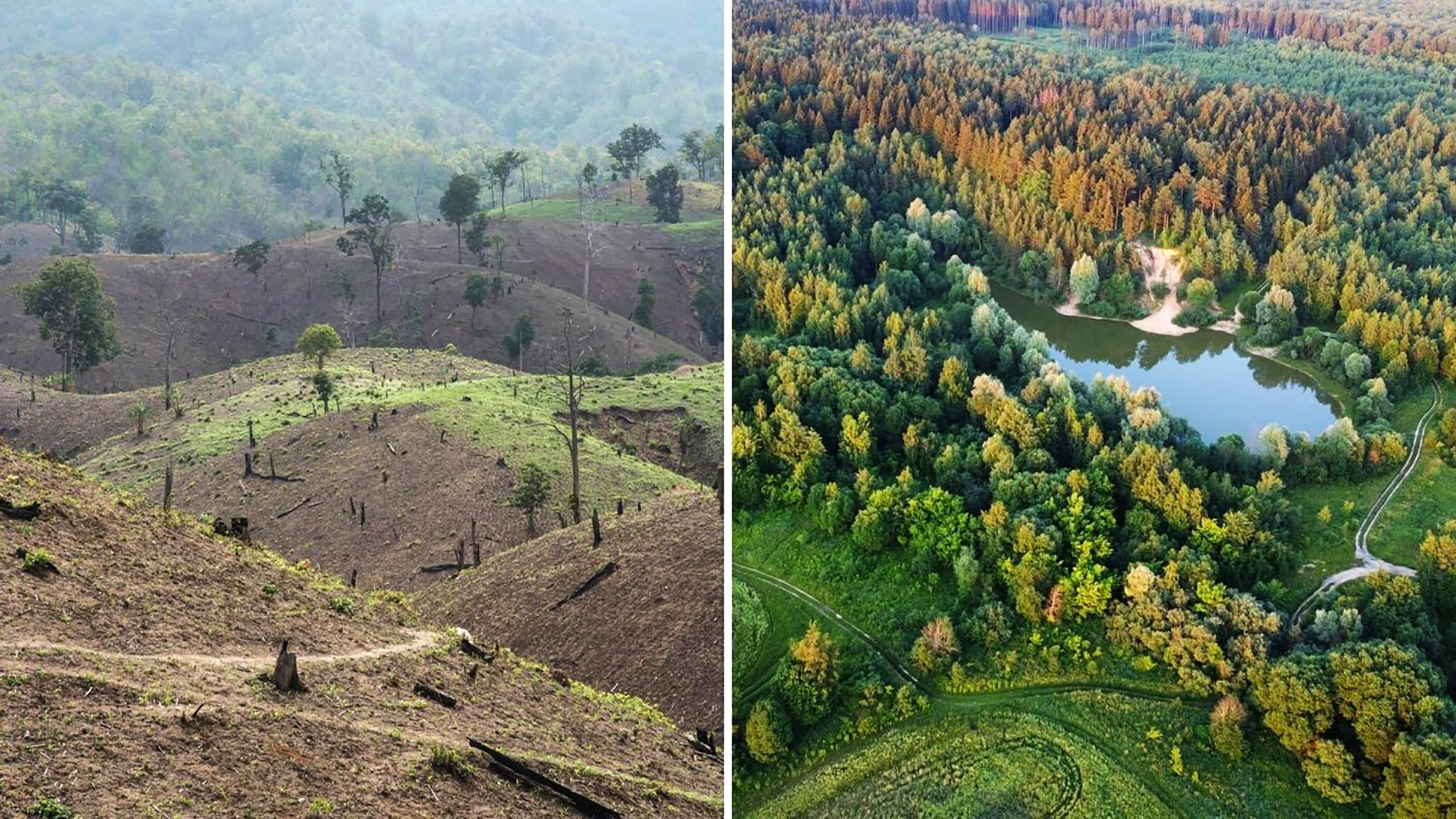The connection between the Amazon and European forests
The Amazon rainforest is perhaps the most politicized of all the world's natural resources, in part because of its sheer size and unique biodiversity; in part, of course, because of the importance of this giant carbon sink to the ongoing global climate crisis.
In addition, the Amazon rainforest is often considered the symbol of the Earth's lungs, which has invisibly put Brazil and its government under the world's public attention on environmental issues.
In contrast, Europe’s forests are little mentioned and rarely discussed, either regionally or internationally. In large part because few Europeans question their inherent importance. Few realize that, albeit quietly, the extraordinary growth of Europe’s forests is one of the great joys of our time.
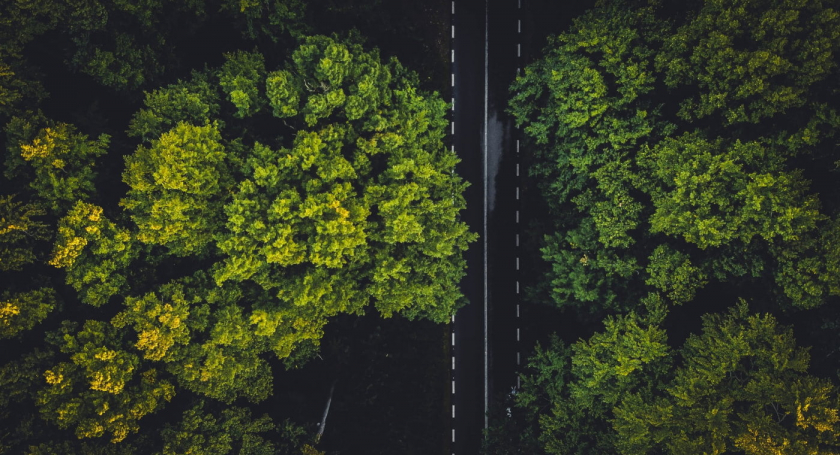
Forest area in Europe is growing rapidly - Photo: Canva
From a geographical perspective, the two examples of the Amazon and the European forests above may seem unrelated, but in fact, they have a deeper inner connection than appears on the surface.
They are essentially polar opposites of the world’s conservation efforts: 20% of the Amazon has been lost in the last two generations, while Europe has seen a significant increase in forest cover over the same period. In fact, between 1990 and 2015, the increase in forest cover in Europe was as large as… Portugal.
Forests in Europe are managed and planned.
Many people believe that Europe’s forests were cut down in a disorganized mass scale during the industrial revolution. This did happen, but it was a very slow process, spanning 2,000 years – starting with the gradual clearing of land by pre-European humans for cropland and pasture. As Ján Mičovský, President of the European Forestry Organization, often notes, only 2% of the continent’s forests remain “undisturbed by humans.”
Over time, most of Europe's forests have moved from primary, old-growth forests to heavily managed resources. There are many motivations for such management, linked to conservation actions - protecting biodiversity, maintaining landscapes or reusing resources.
Because of this, unlike the Amazon rainforest, forests in Europe have been associated with humans for centuries, to the point that their value and benefits are now well understood.
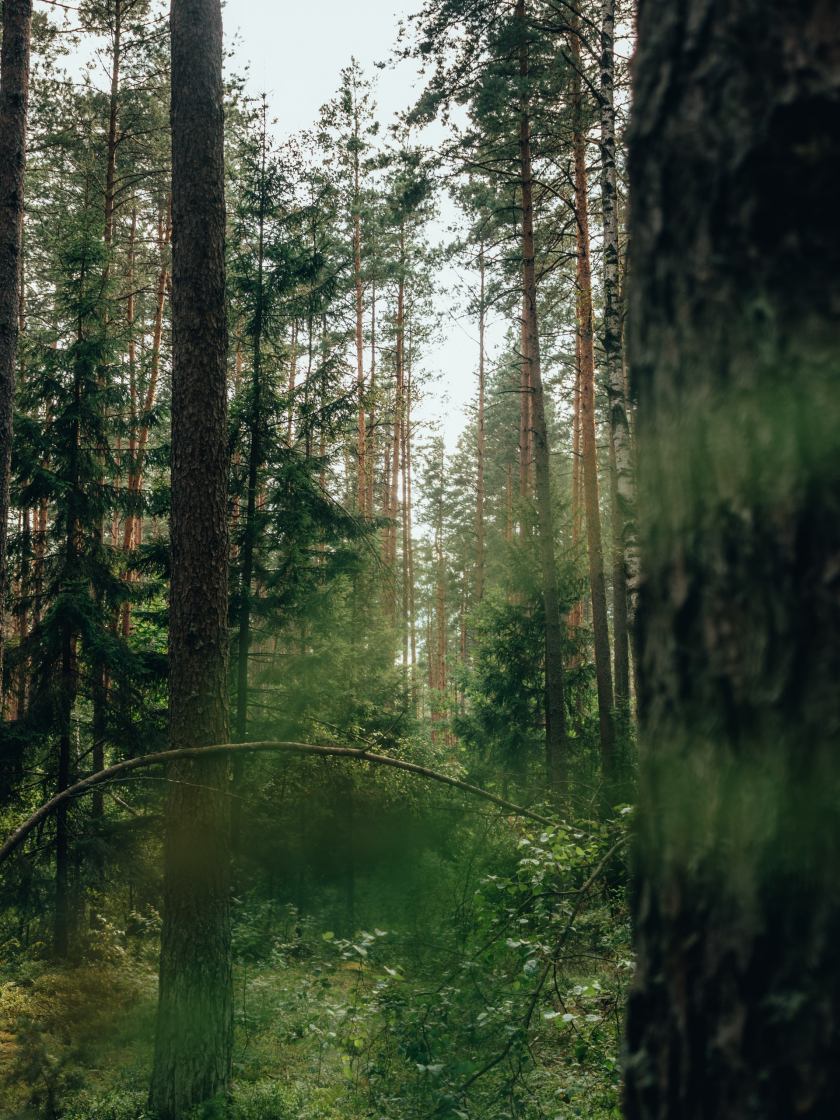
Forest in Belarus (Europe) - Photo: @obscurespace
Since at least the 1970s, public policy in most European countries has revolved around understanding the multiple values that forests can provide. Today, these policies include mitigating the impacts of climate change on forests, but also treating forests as valuable economic resources in their own right. Forests protect land and water, create a bioeconomy, and contribute in multiple ways to the financial well-being of rural communities.
Today, more than a third of Europe’s land area is covered by forests, an increase of 9% in 30 years. According to statistics from the European Ministerial Conference on Forest Protection, over the same period, “the volume of wood and the weight of carbon stored in the biomass of European forests has increased by 50%”.
...But with the Amazon rainforest, economic loopholes still exist.
European leaders also need to rethink the logging of forests in Europe over the past 2,000 years, because it is these economic needs that are driving deforestation in the Amazon today.
Forest protection policies and lack of enforcement exacerbate the problem. Deforestation in Brazil and other South American countries is simply an act of poverty, as forests are often the only means of livelihood for farmers in these regions. Their illegal logging or hunting activities are so small-scale that they cannot be managed and controlled in the food chain.
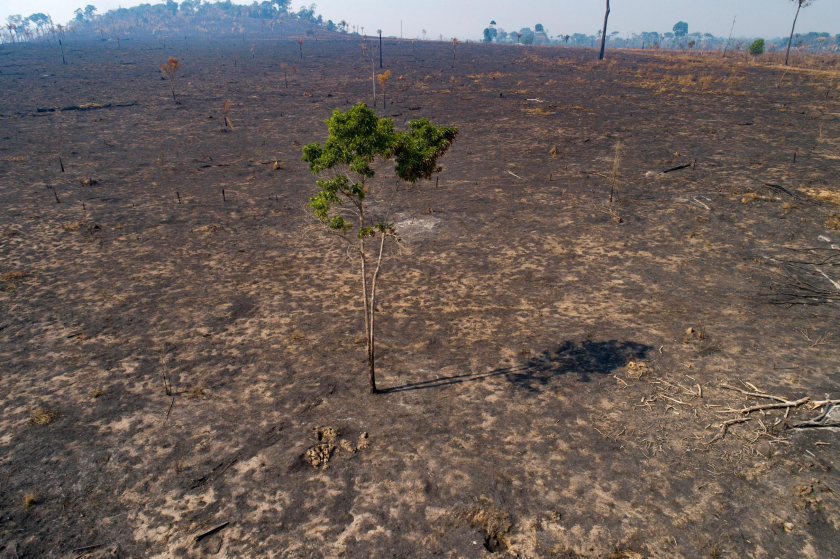
Damage caused by deforestation in the Amazon - Photo: AP Photo
Even if policies could be applied to medium-sized and larger livestock producers, European legislation tends to focus on meat sources rather than related products such as fur and animal feed.
In a sense, this is like using a water cannon to put out a forest fire. Russell Lello de Miranda, a councilor of Humaita, a municipality in the state of Amazonas, Brazil, commented that deforesting farmers are not the villains in the "movie".Who is destroying the Amazon rainforest?, they are just unlucky people, having to move frequently and find every way to survive.
Want to save the Amazon rainforest, save the people who are destroying the forest
Mike Alcalde, a Mexican documentary filmmaker who has personally experienced the devastating environmental degradation across Latin America, agrees with Lello de Miranda on the way forward. Foreign funding for sustainable development and forest protection must be organized into formal activities, with the active and direct participation of these households.
"As usual, those who just sit back and look at the big picture and think in macro terms, do nothing to solve the problem. To save the Amazon, we must work with and directly support the people who actually live in this environment," Mike said.

The Amazon rainforest after being cleared - Photo: AP Photo
Historically, European forests have also undergone destruction and regeneration, and faced a series of environmental crises over a very long period of time.
But, "the world cannot wait for the same process to happen to the Amazon rainforest. The Amazon rainforest needs to be intervened at the root, and free the people who are trapped in the cycle of livelihood," Mike added. "Help them, and we will solve the problem."

Kambeba indigenous people in a village in the Amazon rainforest, Brazil

"We don't expect anything from the government, they don't understand our way of life" - Mario Nicacio Wapichana, head of the Kambeba ethnic group, once shared with the press.
The recovery and flourishing of Europe's forests is a story worth telling and celebrating, but it is time we saw a way forward to tackle the core economic problem of deforestation – globally.





